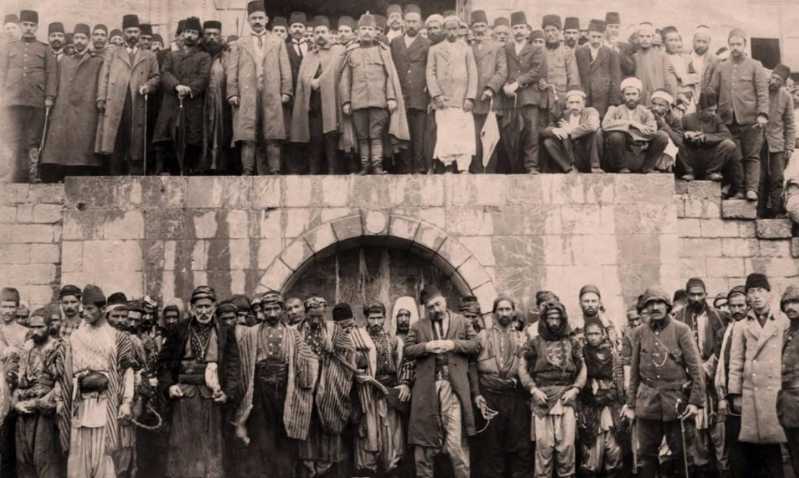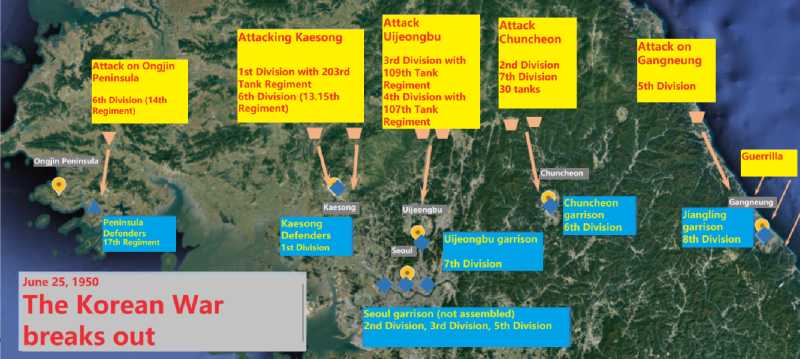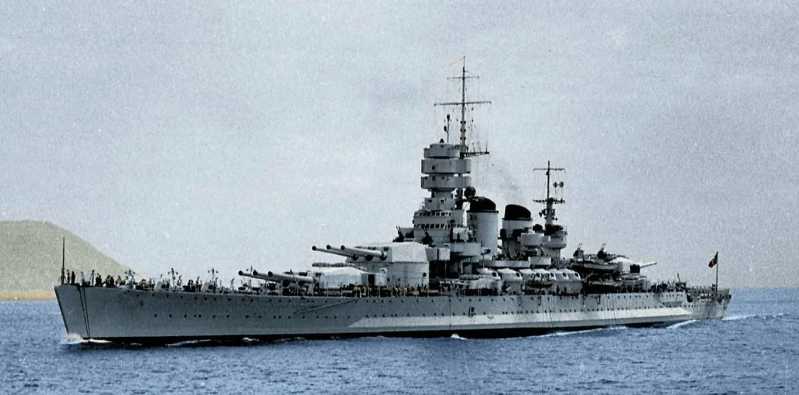TB-2 makes Turkish drones rise
In the 2022 Russian-Ukrainian war, Ukraine used Turkey’s TB-2 reconnaissance and strike drone to frequently attack Russian key equipment, which to some extent blocked the Russian army’s advance. While showing its prowess, the TB-2 drone also became popular in the world again with media reports.
TB-2 drone is currently the most equipped and widely used reconnaissance and strike drone in the Turkish army. The TB-2 drone has excellent high-altitude performance, with a combat altitude of 5,500 meters, a maximum cruising altitude of 8,200 meters, a maximum speed of 220 kilometers per hour, a cruising speed of 130 kilometers per hour, and a flight time of 27 hours. The TB-2 drone has an advanced air-to-ground data link and can be remotely controlled or autonomously flown. The flight control and navigation system of the TB-2 drone allows it to autonomously complete operations such as taxiing takeoff, navigation, and landing. The sensor fusion structure using modern nonlinear control technology also ensures good control and guidance of the drone.
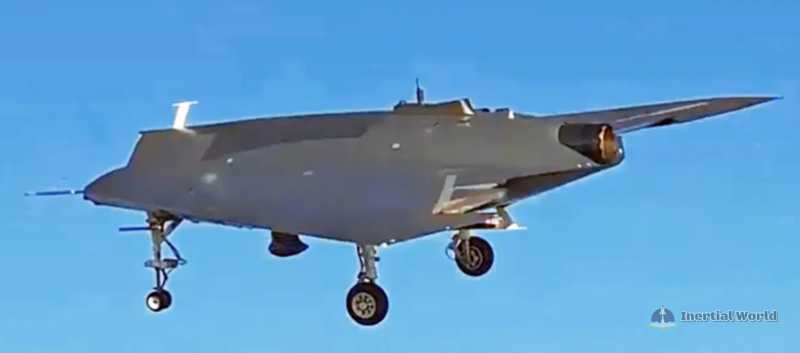
The drone is 6.5 meters long, has a wingspan of 12 meters, a maximum take-off weight of 650 kg, and a payload of 150 kg. In order to achieve radar stealth, the drone fuselage is mostly made of composite materials such as carbon fiber, and the connecting parts are made of high-precision CNC-processed aluminum alloy parts. The TB-2 drone adopts a wing-fuselage fusion design, and the tail adopts an anti-V tail structure to obtain better flight performance. This is the world’s first drone with a modular design. The wings, fuselage and V-tail can be disassembled and then assembled by yourself. It is powered by a 75-kilowatt gasoline engine that drives a variable-pitch two-blade propeller and has 300 liters of fuel in the aircraft.
The TB-2 UAV is equipped with a triple redundant avionics system. It is equipped with many sensor modules such as pitot tube static sensors, laser altimeters and α-β sensors. The optoelectronic pod mounted on the fuselage can also conduct long-range reconnaissance. The performance of the optoelectronic aiming equipment even exceeds the optical aiming equipment on the "Wing Loong" and "Rainbow" UAVs exported by China. The TB-2 UAV carries missiles (UMTAS infrared imaging guidance) for attack missions. It can carry up to 4 laser-guided precision strike munitions. It has 4 weapon pylons and can carry up to 4 laser-guided precision strike munitions, which is very effective in striking heavy ground weapons and equipment. Each TB-2 combat unit includes 6 UAVs, 2 ground control stations, 3 ground data terminals, 2 remote video terminals and some other ground support equipment. The ground control station is installed in a NATO-spec unit and is operated by 3 personnel: pilot, payload operator and mission commander. The control station unit is equipped with air conditioning and nuclear, biological and chemical filtration devices to meet battlefield requirements.
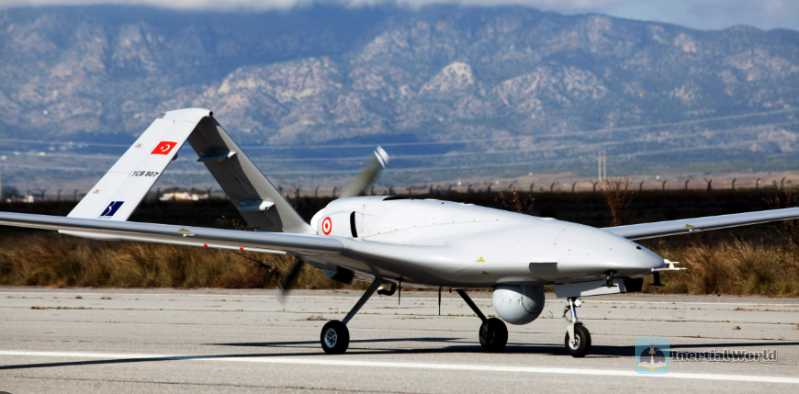
Previously, during the 2020 Nagorno-Karabakh War, Azerbaijan won the conflict with Armenia, and the TB-2 drone developed by Turkey’s Kaler Barka Company has become a highly recognized equipment and helped Turkey accumulate a large number of export customers. Against the backdrop of the Russian-Ukrainian war, Turkey’s TB-2 drone has further expanded its military sales in the international market, and even radiated to other products of Turkey’s defense industry and technology base. It can be said that it was the two explosions of the TB-2 drone that made Turkey’s drone business a rising force in the world drone market.
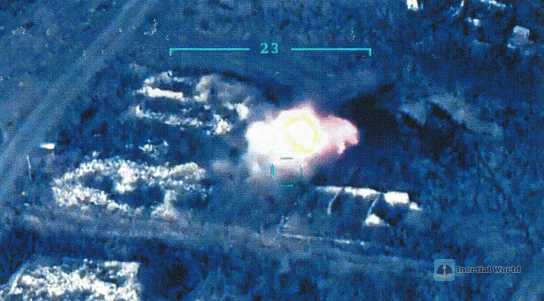
Historically, after the two world wars, Turkey’s military enterprises were severely damaged, and weapons and equipment have been dependent on imports for many years. It was not until the 1990s that the unmanned combat mode appeared, allowing the Turkish military leaders to see the hope of "overtaking on the curve". Many Turkish military enterprises were also established, and Baika Technology Company was one of them. According to Reuters, in July 2023, Saudi Arabia agreed to purchase drones from the Turkish military enterprise Baika Technology Company, and Turkey received the largest arms sales contract in history. In August, Saudi Arabia announced that it had signed an agreement with Baika Technology Company to manufacture drones in Saudi Arabia.
Successfully joined the flying wing drone club
If Baika Company, which produces TB-2, has made Turkey crowded with people, the "Anka"-3 drone, which has just successfully tested, seems to have taken Turkey’s drone business a step further. The Turkish media has promoted this as "The ’Anka’-3 drone is the latest member of Turkey’s domestic drone family. Its successful test flight marks a major breakthrough in Turkey’s defense technology field. At the same time, it also makes Turkey one of the national clubs of flying wing drones!
Although compared with the TB-2 drone, the "Anka"-3 has less information disclosed, but we can still get some relevant information from the first flight video and the exposed materials. First of all, the most notable is that the "Anka"-3 drone adopts an advanced flying wing design. The benefits of the flying wing layout are for drones. The advantages of the flying wing layout are There are many places.
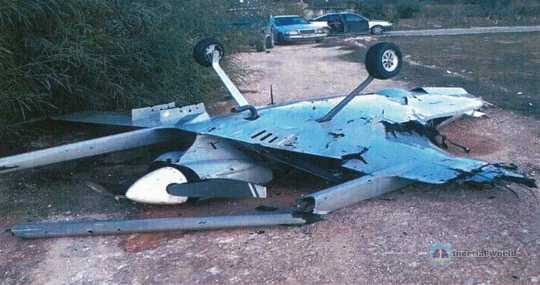
First of all, this layout allows the wings of the aircraft to merge with the fuselage, forming a smooth transition between the main components of the aircraft. In addition, the tail wing is partially or completely eliminated, which greatly reduces the interference resistance between components. At the same time, due to the reduction in the wetted area, the friction resistance is also greatly reduced. The wing-body fusion based on the airfoil design can generate lift far exceeding that of the conventionally arranged wings, so the lift coefficient of the whole aircraft has a greater advantage than that of the conventional configuration. The significant reduction in drag and the increase in lift create an excellent lift-to-drag ratio advantage for the flying wing layout aircraft , which in turn brings excellent aerodynamic efficiency, which means that its range and endurance have unique advantages.
Secondly, the flying wing layout greatly reduces the structural weight of the whole aircraft by fusion, integration or elimination of components. At the same time, since the gravity borne by the fuselage is basically distributed along the span direction, which is basically consistent with the aerodynamic load, it has an inherent advantage in stiffness design. Therefore, the flying wing layout also has an excellent load-to-weight ratio.
Finally, it is the excellent stealth characteristic. Due to the small forward and lateral projection area, the flying wing aircraft has the inherent advantage of low detectability. Through the careful design of the wing-body fusion edge and the use of absorbing materials, the reasonable design of the engine air inlet and tail nozzle and other stealth measures, the low RCS characteristics that are difficult to reach other configuration aircraft can be obtained. Therefore, the aircraft’s concealment capability when performing reconnaissance, surveillance and strike missions is greatly enhanced, making it more difficult to be detected by enemy radar.

’Anka"-3 is of great significance
After talking about the flying wing, let’s talk about this "Anka"-3 UAV. This drone is the latest product of Turkish Aerospace Industries (TAI). As the third generation of the "Anka" series of UAVs, it has significant improvements in design and technology.

The Anka-3 UAV is equipped with the AI-25TLT jet engine from the Ivchenko-Progress Design Bureau of Ukraine, which has a thrust of 1.72 tons/1687 kN, giving it a high flight speed and payload capacity. Its maximum speed is about Mach 0.7 (800 km/h, 9,000 meters), cruising speed is Mach 0.4, ceiling is 12,000 meters, and it can stay in the air for 10 hours at an altitude of 9,143 meters.
The Anka-3 UAV has a maximum take-off weight of 6,500 kg and an actual payload of 1,200 kg, making the drone’s weapon carrying capacity impressive. Including laser-guided bombs with TEBER-82 and TEBER-81 guidance kits, KGK-82/83 glide-guided bombs, HGK-84 satellite-guided bombs, TOLUN small-diameter guided munitions using SADAK-4T composite pylons, SOM-J beyond-visual-range cruise missiles, SIMSEK-I/SUPER SIMSEK meta-machines mounted on wing pylons, etc., the weapons available are quite abundant.
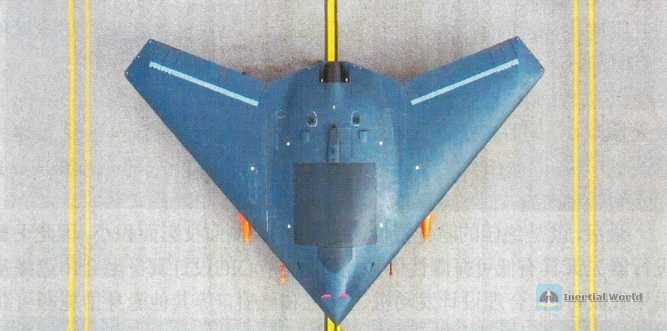
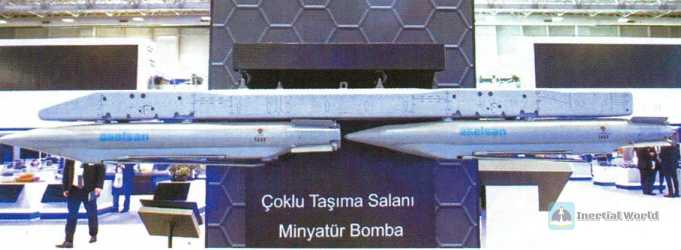
Among them, the laser-guided bombs of the TEBER-82 and TEBER-81 guidance kits are modified from MK-81 and MK-82 bombs respectively. TEBER-81 is 2.1 meters long and weighs about 155 kilograms. TEBER-81 is 2.6 meters long and weighs about 270 kilograms. The attack range is 2-28 kilometers. It adopts the design of inertial guidance + GPS guidance + semi-active laser guidance, which improves the bomb’s ability to strike static and moving targets with high precision. TEBER can also be detonated by its proximity fuze, with a range of 2-15 meters. The bomb strike accuracy is less than 3 meters.
KGK-82/83 glide guided bombs use INS/GPS guidance with encryption support. They can be dropped by F-16CBlock40 and F-4E/2020 fighters through the MILSTD1760 standard. The attack angle can be pre-set and fly following waypoints. The INS function can be optimized through the data link. The maximum range is 110 kilometers when dropped from high altitude and 37 kilometers when dropped from low altitude. The maximum CEP is 10 meters, and the attack angle is in the range of 10°-90°.
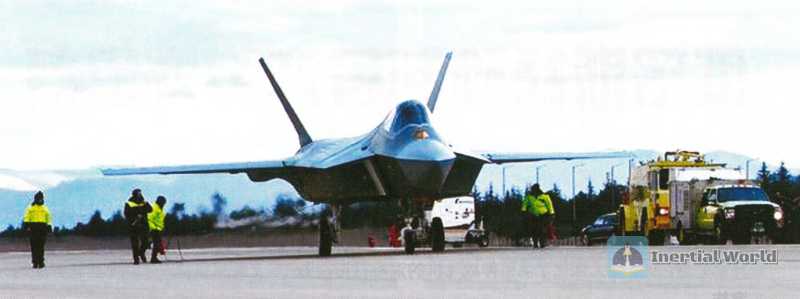
The Anka-3 drone is also part of Turkey’s TF-X plan to develop a stealth fighter.
The TOLUN small-diameter guided munition uses foldable diamond-shaped wings and is guided by GPSINS. Its CEP accuracy is less than 10 meters. It can navigate on its own and attack 8 different targets at the same time. The missile weighs 139 kilograms, has a diameter of 0.17 meters, a length of 1.8 meters, a maximum drop height of 12,000 meters, and a range of 102 kilometers. TOLUN can penetrate reinforced concrete targets with its high-precision strike capability and hardened special-shaped nose structure. It can penetrate 1 meter of reinforced concrete at a range of 55 kilometers, and can fight against both soft and hard targets. TOLUN-IIR adds an infrared seeker, weighs 120 kilograms, has a diameter of 0.185 meters, and a length of 1.8 meters. It has a range of 80 kilometers at a drop height of 12,000 meters, a CEP of less than 3 meters, and can also attack moving targets.
The SOM-J standoff cruise missile uses GPS+Inertial Navigation (INS)+Terrain Matching Navigation (TRN)+Data Link mid-course guidance, and uses an infrared imaging seeker for automatic target capture and attack in the terminal stage. It has high strike accuracy and can reselect targets in flight through the data link. The missile has undergone major changes in the aerodynamic layout of the SOM-A missile. The missile body is slightly drooping, the belly air intake is changed to the air intake on both sides, the wing is replaced with a downward folding wing, and a set of 4 X-shaped folding wings are added in front of the rear rudder, all folded to both sides, mainly to meet the needs of the F-35 bomb bay. The missile weighs 540 kg, is about 3.9 meters long, has a range of 275 kilometers, a maximum speed of 0.94M, and is equipped with a 140 kg semi-armor-piercing warhead or a high-explosive warhead.

From the perspective of mounted weapons, the aircraft can be used to perform target reconnaissance, surveillance and intelligence collection missions, air-to-ground strikes, suppress enemy radars and air defense systems, and electronic warfare. In the future, it may be possible to use air-to-air missiles to hunt enemy helicopters, propeller aircraft and drones. The "Anka"-3 will also use artificial intelligence, and there is even a chance to perform missions with Turkey’s manned stealth fighters. Of course, the "Anka"-3 will have a certain competitive relationship with the Red Apple UAV of Baika Company, but
From now on, the two are more likely to coexist. The Turkish Aerospace Industries said that the "Anka"-3 UAV has an avionics architecture and ground control station similar to the "Anka" and "Anka"-2 UAVs, but uses a new design concept and technology. This new design enables it to perform secret operations without being discovered by the enemy, can be quickly deployed to remote areas, and also has high-speed transmission capabilities. Therefore, the Anka-3 UAV is very suitable for performing a variety of tasks including reconnaissance, surveillance, intelligence gathering, and air-to-air and air-to-ground strikes.
In addition, the Anka-3 UAV is also part of Turkey’s TF-X plan to develop stealth fighters. It not only provides a new air combat solution for the Turkish military, but its rise will also lead Turkey’s further development in the field of UAV technology and play an important role in future air combat. Its advanced technology and multi-purpose design have brought Turkey a strong strategic advantage, and also provided new possibilities for international military and scientific cooperation. The successful maiden flight of the Anka-3 is a vivid manifestation of Turkey’s military strength and will surely promote its reputation in the international military field.
President Erdogan believes that the advent of the Anka-3 UAV has greatly enhanced Turkey’s current national defense capabilities. Moreover, with the help of the powerful body performance of the UAV, Turkey will be able to achieve greater strategic goals.










